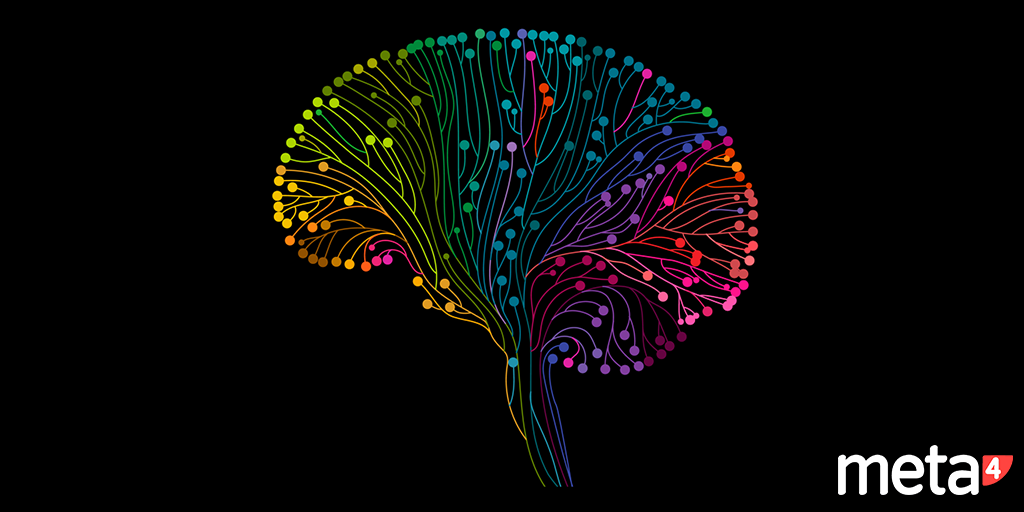<<- Read Part I
6. Business driven
It has long since been the case that those HR leaders who are most immersed in the business, and who understand and actively participate in strategic business leadership, are most effective in delivering talent and people strategies to meet business goals.
It is perhaps a reflection on how many HR leaders’ failure to do this that over 40% of new CHROs are now being appointed from the business, and not from HR at all. (Deloitte, 2015).
The importance of this business focus will only grow as technology increases the pace of change experienced by customers, by organizations, and by those providing talent to the organization.
An unrelenting focus on the business, competitors, markets, and the external environment will serve HR leaders well in many regards. Firstly they will be more likely to anticipate and predict trends which will affect the organization’s talent, and therefore they will be well placed to strategically plan ahead. Secondly this focus will ensure that the people and talent strategies they lead will be closely linked to the context of the organization and in tune with the direction in which it is moving. Thirdly, those with this business focus will establish the credibility and network of senior leadership contacts which will be necessary for implementing the engagement strategies that are so crucial to success in the global knowledge-based economy.
7. Data and analytics savvy
In the digital age, organizations have a lot of people data. HR leaders who realize the enormous potential of this data to enrich people decisions and contribute to talent strategies will outstrip those who view this just as the output of operational processing.
A recent study reports that, “In an era of rapid change, the role of CHRO becomes radically different and more demanding than ever….CHROs must be comfortable with adopting and embracing technology and analytics, which are integral to HR’s future success.” (Deloitte, 2015)
Bersin identifies four levels of maturity in talent analytics: Reactive – Operational Reporting, Proactive – Advanced Reporting, Strategic Analysis, and finally Predictive Analysis. They also found that only 15% of organizations believe that their HR teams have strong credibility in talent metrics and analytics today (Bersin, 2013).
Whilst HR leaders are unlikely to have or require a depth of technical knowledge, they will need to grasp conceptually the power that this data has, the asset it is, and the investment that is worthwhile to ensure that data is captured, structured, and analyzed in a way to best inform decision and strategy.
Just as market insights and customer insights are analyzed to inform marketing strategy, people and HR data analytics are increasingly a powerful contributor to successful HR strategies. HR leaders who bring strategic analytical thinking will be asking the right questions. Similarly they will be drawing on the data available to answer these questions, and thus better positioned for formulating sound solutions to tomorrow’s challenges. They will be building alliances with those who have the analytical and technical skills needed to make sense of big data, and to harness it to produce predictive analytics which identify the HR initiatives yielding business benefits, or not at all.
8. Open and authentic leadership
Transparency is a key feature of our Digital Age. Consumers and employees alike have access to transparent, accessible reviews and feedback about any organizations or product through Glassdoor, LinkedIn, Amazon, and a multitude of other sites.Transparency and authenticity is also in big demand from leaders. Perhaps our awareness of the volume of data and the power of analytics available today causes us to look for confirmation that those leading us are being authentic.
In her article, The Authenticity Paradox, Herminia Ibarra claims that “Authenticity has become the gold standard for leadership”, a claim that is certainly supported by the volume of leadership literature dedicated to authenticity. She attributes this to two trends; firstly an all-time low in trust in our leaders in 2012 (Edelman Trust Barometer), and secondly a similar low level of employee engagement, with a 2013 Gallup poll showing only 13% engaged at work.
Whether this low trust and engagement is linked to digitalization and a movement away from more direct human contact at work will certainly be the subject of on-going research. For HR leaders, it provides an enormous challenge to harness the benefits of the digital age, whilst leading in an authentic and open way to encourage trust and engagement from colleagues.
9. Human sensitivity
It is widely acknowledged that the pace and scale of the technology transformation we are experiencing is unprecedented. The pace at which life is lived continues to increase.
What impact this increased pace is having on us as human beings is the subject of much research. Deloitte’s global human capital trends research identified that more than two-thirds of all organizations believed that their employees were overwhelmed with too much information, too many projects, too many meetings and phone calls, and an always-on 24×7 work environment. (Deloitte, 2015)
How often do you check your mobile phone and emails? When your phone beeps to indicate a new message, how long does it take you to check? It is quite clear to most of us that we are living in an age of constant bombardment, leading to information and digital overload coming from all sorts of sources and devices. What effect does this barrage have on your stress levels, what is your ability to find diversions when you are tempted to procrastinate, your propensity for distraction, and your ability to focus and to identify real priorities?
As pioneers in this digital age, HR leaders will need to bring humanity and human sensitivity to play as they help their organizations balance the digital and the physical worlds. We see an increasing focus on wellness at work, mindfulness, and practical strategies to help employees to manage the sheer volume of data and information, filtering out the low priority.
Bersin’s advice is clear: “As more technology floods the workplace (smart watches, wearable devices, and even smarter phones), HR should take a hard look at the entire work environment—and advise business leaders about steps they can take to make work more humane, rational, and simple” (Bersin by Deloitte, 2015).
10. Champion and negotiator
Finally, HR leaders will need to bring the negotiation and political skills necessary to secure the resources needed to provide world class HR in the digital age. If an organization’s talent force is increasingly going to provide the competitive advantage, the calibre of the HR team, the investment in learning and leadership, as well as the investment in HR technology and analytics, will all be critical.
The idea of organizations establishing a ‘G3’ group, composed of the CEO, CFO and CHRO is being adopted in many organizations. Elevating the CHRO to be part of this strategic inner-circle will provide an opportunity for real HR leaders to be instrumental in steering organizations, but will also quickly reveal where CHROs are not up to the job.






